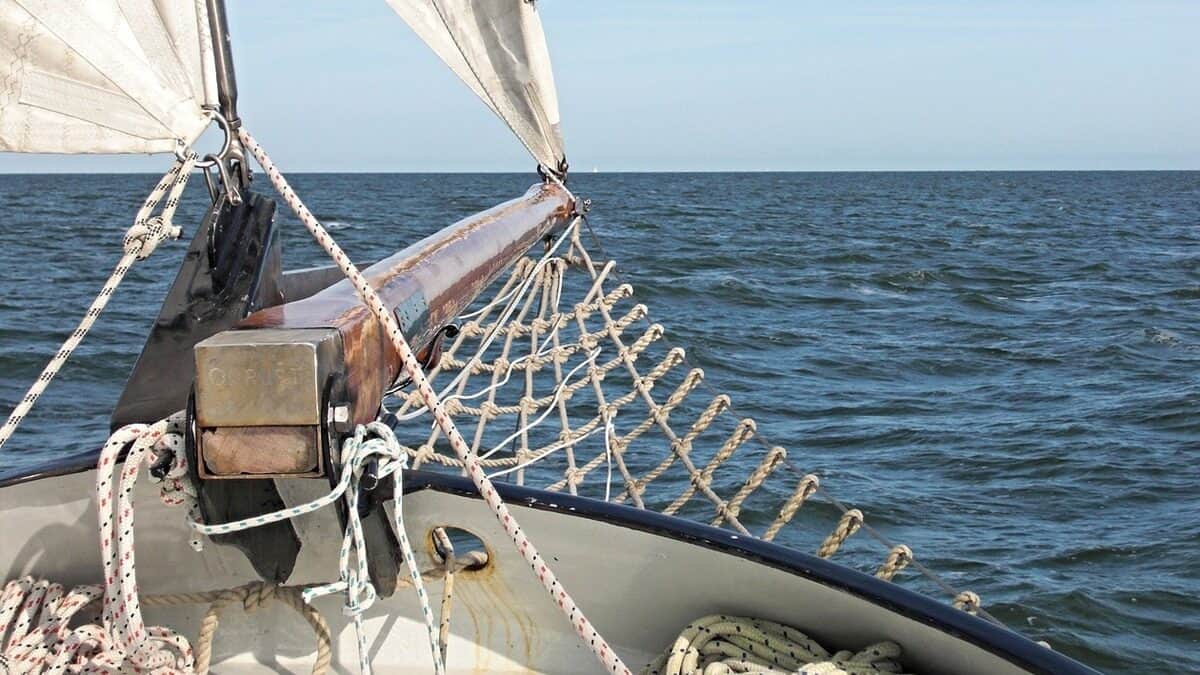Sean and Robot have been learning about the science behind sails – and there’s more to them than meets the eye!
Sail boats have four basic parts:
- a hull
- an underwater fin – also called the keel or centreboard. This does two jobs – it stops a boat being pushed sideways. And also works a bit like an aeroplane wing. The water going over the backside goes faster than the water going over the frontside, and that difference pulls the boat forwards and sideways.
- a mast
- a sail – that’s a piece of fabric that catches the wind and powers the boat.
To go forward, a sailor turns the boat so that it’s at an angle to the wind and as the wind fills the sail, it creates a shape called an aerofoil – that means it’s also like a wing. By cleverly moving the sails and the keel, they can work with the wind to go in the direction they want. Quite often this has to be in a zig zag path to catch the wind in the right way to keep the aerofoil shape on the sail.
Big ships are just like small dinghy’s – multi-masted ships still form and position their sails into an aerofoil shape, they still rely on the keel’s counter force, they just don’t get the same results as today’s modern sailboats.
Whilst Ancient mariners had a basic working knowledge of how wind powered their ship and how to position their sail and their ship to best take advantage of it, but they didn’t understand the physics of an aerofoil and how it works.
Click here to get Sean’s Ships on iTunes!
Get the series on your phone or tablet and listen whenever you like – at home, in the car or onboard your very own ship!
Find out how huge, heavy container ships manage to float on the water and how submarines can go for months and months sitting at the bottom of the ocean!
You can hear new episodes weekdays from 8am on Fun Kids – and catch-up on previous episodes in full now!
You can subscribe to the Sean’s Ships podcast channel for FREE in:
…or you can listen here:
Sean’s Ships is supported by Lloyd’s Register Foundation.




